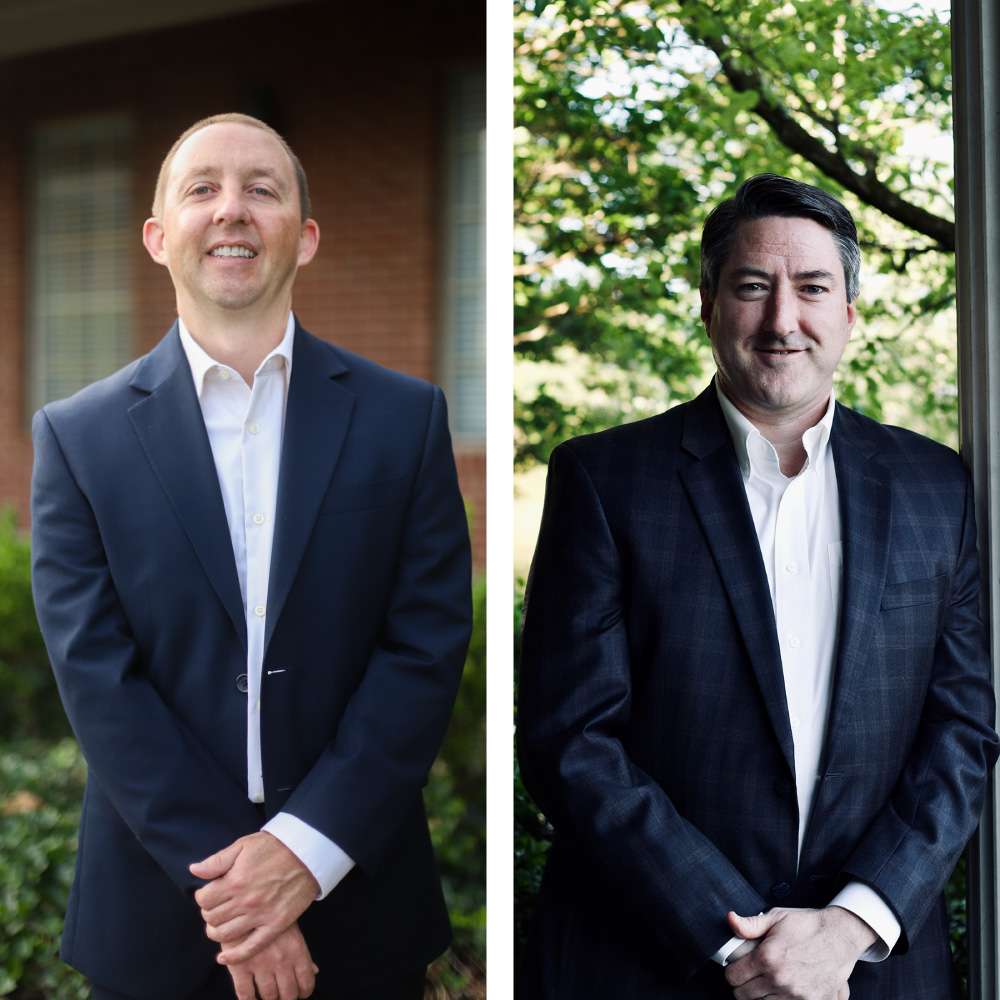As January comes to a close, we had the opportunity to sit down with senior CCI Transportation | Traffic engineers Brian Haas and Jeff Beckett to discuss the transportation trends and challenges affecting the region in 2025. They shared their thoughts on topics ranging from the growing population to the role of technology in creating smarter, more efficient roadways.
What are the most significant transportation trends expected to shape the region in 2025?
One of the most significant transportation trends we’re seeing is the continued emphasis on improving infrastructure to support alternative transportation modes. This means that we’re likely to see a growing focus on making our communities more walkable, bike-friendly, and accessible via public transit. Cities and counties in the region are recognizing the need to move beyond a car-centric approach. Investments are being made to create more pedestrian pathways, bike lanes, and transit-oriented developments. The idea is to make it easier for people to choose healthier and more sustainable ways of getting around, whether that’s biking to work, walking to a nearby store, or hopping on a bus for their commute.
Additionally, infrastructure improvements for alternative transportation modes often go hand in hand with broader community goals, such as reducing traffic congestion, improving air quality, and fostering economic development. The Southeast is starting to embrace these trends, but there’s still a long way to go. We’ll likely see continued progress in 2025 as regional leaders and transportation planners work to balance the needs of cars with the growing demand for alternative transportation modes. It’s an exciting time for the region, as these transportation trends have the potential to enhance both the quality of life and sustainability of our communities.

What are the biggest traffic and transportation challenges facing the Southeast in 2025?
A major challenge for the Southeast and for East Tennessee specifically, is how quickly the population is growing compared to the pace of transportation infrastructure investment and development. More people moving into the region means busier roads and many of the key corridors are struggling to keep up with the increased traffic. While investments are being made to improve infrastructure, these projects take time. There’s a lengthy process to secure funding, finalize the designs, and then actually get everything built. In the meantime, congestion just keeps getting worse.
On top of that, there’s the tricky balancing act between improving roads for vehicles, like adding capacity and increasing speeds, and ensuring the safety of pedestrians and cyclists due to the aforementioned emphasis on alternative transportation modalities. These goals often clash. Wider, faster roads might move more cars, but they can also make it harder and less safe for people who are walking or biking. Striking that balance is tough, but it’s so important. Tackling these challenges is going to take some creative planning and a real commitment to meeting the needs of everyone: drivers, pedestrians, and cyclists alike.
How is emerging technology transforming the future of transportation?
Technology is really starting to reshape transportation in exciting ways. For example, smart traffic systems are making our roadways more efficient and reliable by allowing for remote monitoring and control. These systems can quickly identify and address problems, such as signal malfunctions, accidents, and natural disasters. They enable the maintaining agency to manipulate signal timings in real time, including creating outbound flush patterns. These are a traffic management strategy that prioritizes outbound traffic flow by extending green light durations along key evacuation routes. It’s a big step forward in terms of keeping traffic moving and reducing delays caused by unexpected issues.
Autonomous vehicles are another game-changer. Eliminate the driver’s perception and reaction time from the equation, which means vehicles can safely travel closer together and at faster speeds. This kind of efficiency could dramatically increase the number of cars that can move through a single stretch of roadway at one time. It’s an impressive way to handle growing traffic demands, especially as our region continues to expand. The combination of these technologies has the potential to transform how we think about and use our transportation systems.
How is East Tennessee balancing the transportation needs of its urban centers and rural communities?
That’s a great question. The State of Tennessee recently passed legislation allowing Public-Private Partnerships, or P3s. These partnerships open the door for private investment to help design, build, finance, operate, and maintain Choice Lanes, which are designed to reduce congestion in urban areas. By having private funding cover some of these urban projects, it frees up more public money for transportation infrastructure in rural areas. It’s a way to tackle the unique needs of both urban and rural communities without stretching resources too thin. It’s not an easy balance, but this approach is a big step toward addressing it.
Are there any major roadway projects planned for East Tennessee in 2025?
Well, major roadway projects usually take several years to finish, so it’s pretty rare for one to be completed start-to-finish in a single year. That said, there are a couple of big milestones happening in 2025. The Schaad Road Extension Project in Knox County is set to wrap up, which is exciting. There’s also a phase of the Alcoa Highway Widening Project, specifically the stretch from south of the Little River to north of Maloney Road. That should be completed next year. On top of that, design work for the new Exit 408 interchange is kicking off this year, so that’s something to keep an eye on for the future.

